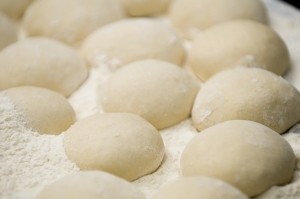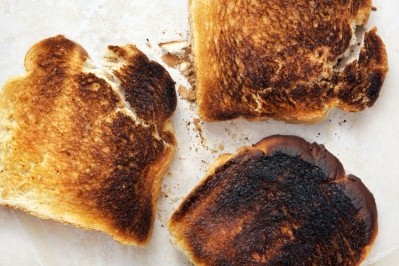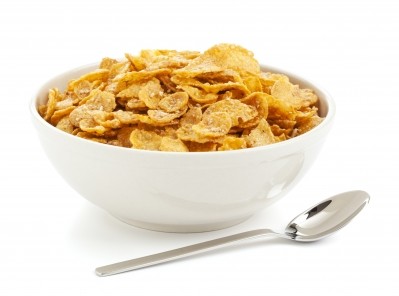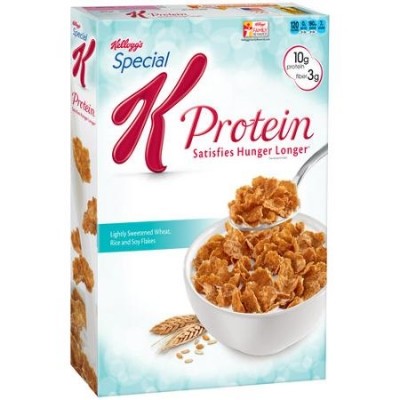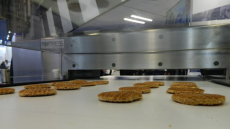Dispatches: AACCI annual meeting 2014
Kellogg: Acrylamide reduction is a heavily patented world
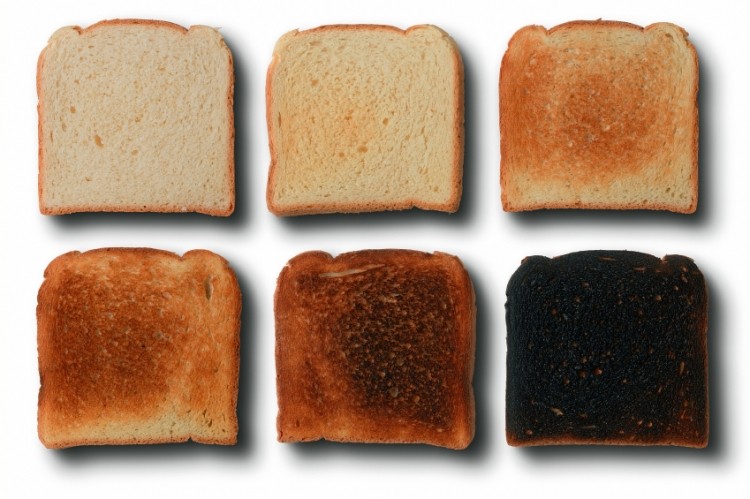
Acrylamide – a neurotoxin and possible carcinogenic to humans – is formed during Maillard reactions and the browning process of production from cooking or heating.
Dr Deidre Ortiz, fellow at Kellogg, said there was a raft of methods for manufacturers wanting to reduce acrylamide, from lowering reducing sugars or asparagine content to slowing the reaction at the processing stage.
Speaking to attendees at the AACCI’s 2014 annual meeting in Providence, Rhode Island, she said acrylamide mitigation, in very simple terms, was based around these concepts.
“There are a lot of good options for baked goods, but the amount of reduction will depend on the product, process and way you optimize. I encourage you to use combinations but be aware that patent landmines are out there,” she warned.
“… There are a lot of patents on this. You may find yourself in a very litigious world if you’re using these without the go-ahead from your lawyers.”
Lowering reducing sugars and asparagine
For manufacturers that had ingredients like high fructose or honey in their products, it was easy to change these out for something like granulated sugar that had fewer reducing ends, Ortiz explained.
However, this could cause trade-offs, she said, as some reducing sugars helped texture and other product attributes. “You may have to include other humectants like glycerine to achieve desired texture,” she said.
For lower asparagine levels, breeders had worked tirelessly to breed out asparagine in the likes of potatoes – a difficult feat but one that had been accomplished. J.R. Simplot, for example, had developed potatoes very low in asparagine, she said, although owned patents on this.
Monitoring asparagine levels in the raw material was important for manufacturers, she said, as levels varied based on genetic and environmental differences. “For example, next year you may have a drought that changes the way the plant is using the environment, and you may have much higher levels of asparagine.”
Modify or slow reaction
There were methods to modify asparagine to make the amino acid less reactive, Ortiz said. For example, Frito-Lay and P&G held a joint global patent on converting it into aspartic acid.
“This is highly effective in dough systems where you have the right temperature and enough water and lay time,” she said. Acrylamide mitigation between 50-90% had been achieved with this method in dough systems, she added.
Alternative strategies included using different enzyme asparagines that didn’t denature at certain temperatures; using competing amino acids or other food acids; and metal ions in salt form.
“The nice thing about [using competing amino acids] is it gives you some of those brown notes that you’re missing out if you mitigate acrylamide in other ways. Often when you mitigate acrylamide, you have products that are pale and anaemic, and consumers don’t find that particularly palatable,” she said. Although competing amino acids was another area highly patented, she added.
If legislation comes, is industry on track?
Right now, there were no regulations on acrylamide mitigation but some global markets, like Europe, worked off indicative levels. However, Ortiz said Canada and US were ramping up focus on acrylamide mitigation and it could be an area in food that was soon regulated.
Asked if industry was on track should this happen, she told BakeryandSnacks.com: “Most of the big baking houses like Mondelez, Kellogg and companies like that who do a lot of industrial baking are on track because they’re studying it. And that’s why there’s so much in the patented literature.”
However, she said it was unlikely to become a huge consumer concern compared to other issues. This was, in part, because the science around the carcinogenic properties was not too strong, she said.
